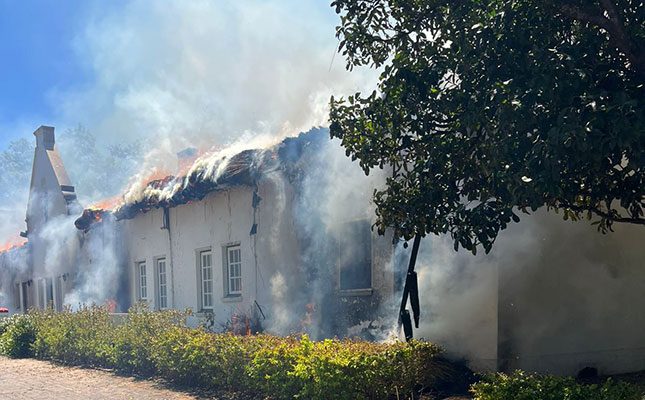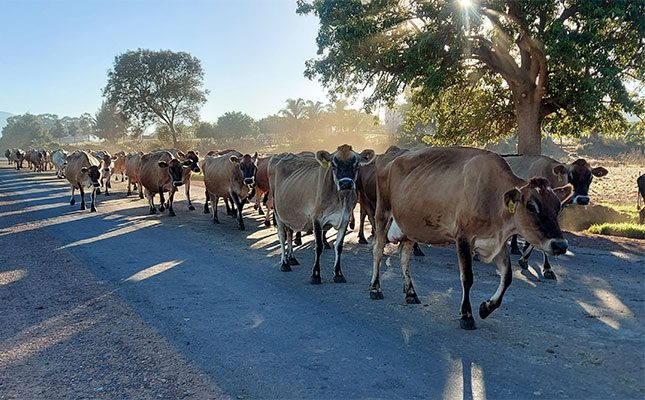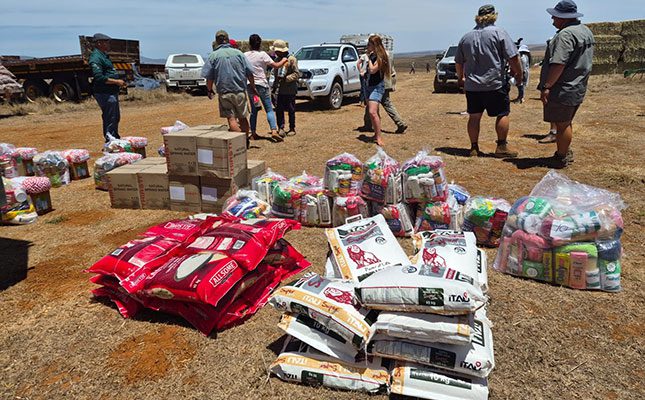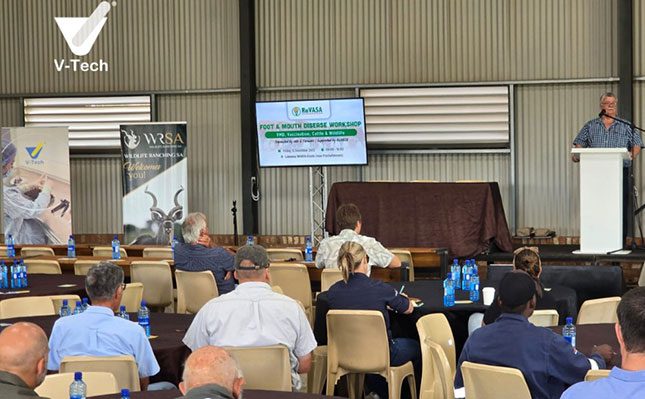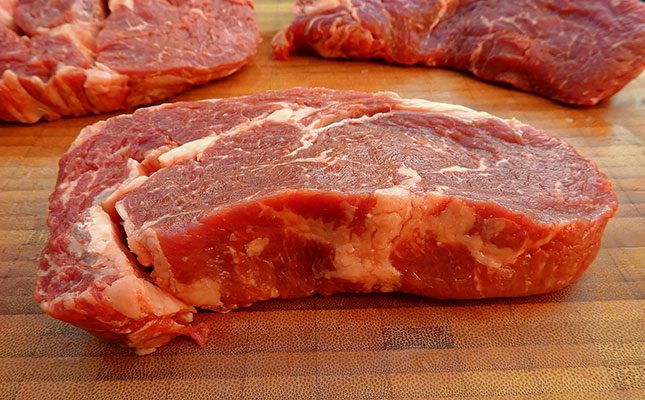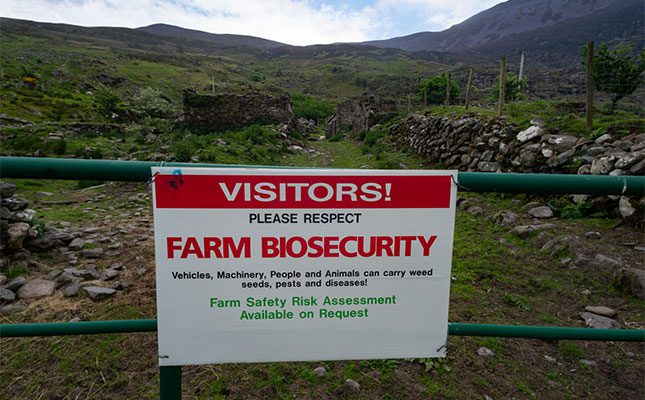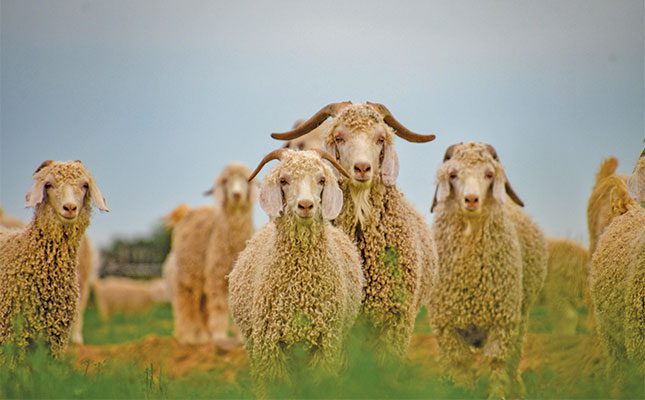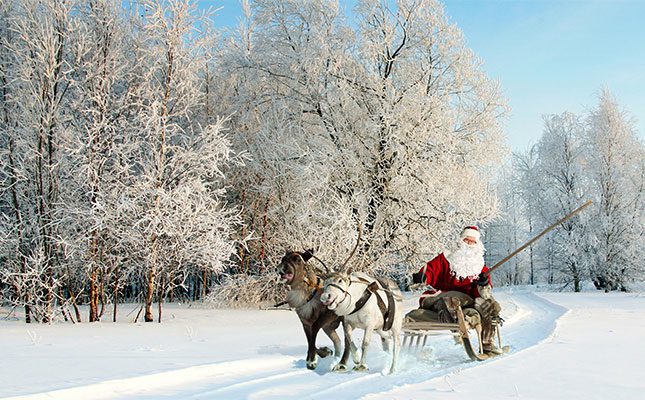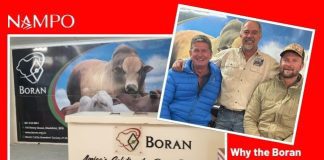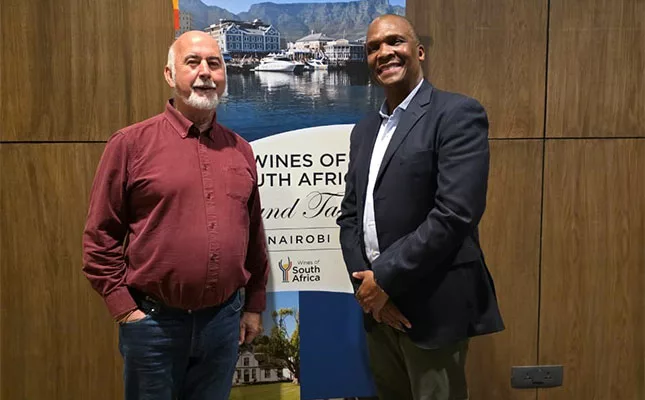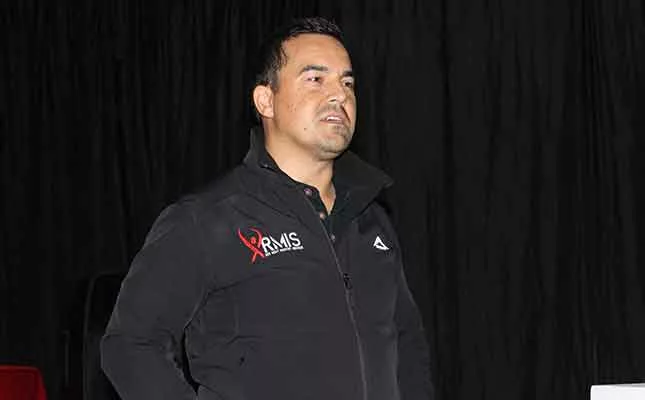
Photo: Octavia Avesca Spandiel
Dr Philip Oosthuizen, COO of the Red Meat Industry Services (RMIS), took the discussion a step further, urging the red meat industry to recognise that breeding excellence alone will not guarantee sustainability without unity across the value chain.
“For 30 years, the industry has been divided: farmers meet separately, agendas are drawn up separately, and visions are pursued separately. That is why sustainability has never taken root,” said Oosthuizen.
Breaking down the silos
Oosthuizen told Farmer’s Weekly that the fragmented nature of the red meat industry has slowed progress. Separate associations, competing priorities, and mistrust between industries have made it difficult to tackle shared challenges such as market access, disease management, and profitability.
“Fragmentation is our biggest weakness. To compete globally and to grow locally, we must break down the silos,” he said.
Oosthuizen reminded farmers that working together does not mean losing individuality or independence, but rather finding collective strength.
“Sustainability cannot be achieved by one farmer, one association, or one part of the chain. It takes collaboration across the board. Only then can we address disease management, improve biosecurity, and build profitable markets,” he said.
Unlocking shared opportunities
He added that a united approach opens doors to opportunities that no single farmer or organisation can achieve alone. These include:
- Premium market access through collective compliance.
- Improved biosecurity by coordinating disease control.
- Stronger business linkages by connecting small and large-scale producers with processors and exporters.
“Together, we can compete internationally. Divided, we will always fall short,” said Oosthuizen.
A call for action
According to Oosthuizen, the industry needed to put words into action.
“It’s time to stop just talking about sustainability and unity; it’s time to live it. Yes, it may require sacrifices and shared investment, but the reward is a red meat industry that has a future,” he said.

